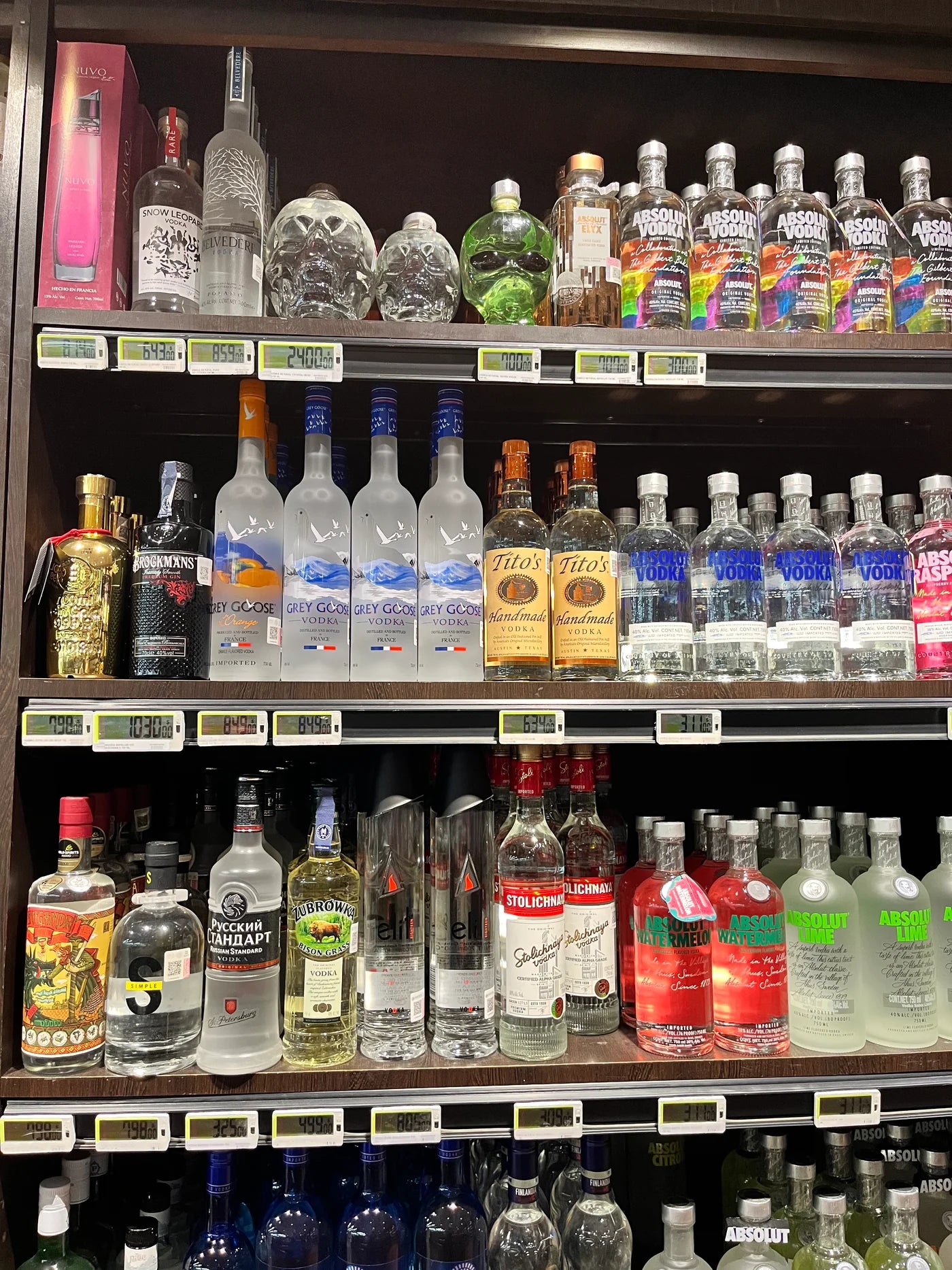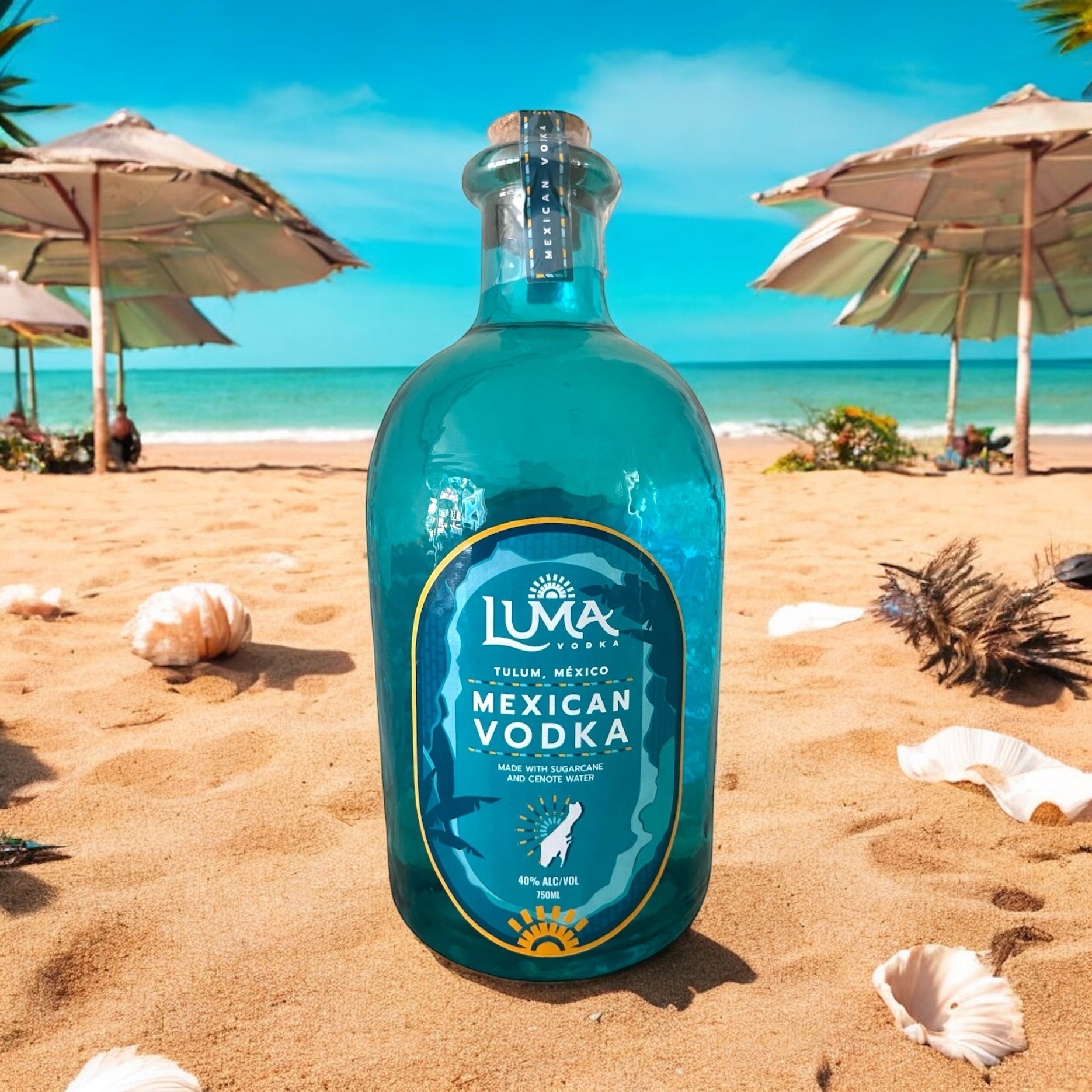Sugarcane Vodka: Exploring Luma Vodka's Unique Raw Material
When we embarked on the process of creating Luma Vodka, we wanted to make it different in every aspect. We believe the best place to start in making a truly differentiated vodka is in its raw materials.
What is vodka made of?
Contrary to popular belief, vodka does not need to be made from potatoes. The beauty of vodka is that it can be made of anything that is fermentable, so long as it is distilled to at least 95% ABV. Despite the fact that vodka can be made from anything, the vast majority of vodkas worldwide are actually made from the same three raw materials: corn, grains, and potatoes. Think of any brand, and there is a very high probability (90%+) that it is made from one of those three ingredients. To give some popular examples, Tito's vodka is made from corn, Grey Goose is made from wheat, and Chopin is made from potatoes.
With so much freedom on what vodka can be made from, why would we stick to the same raw materials the grand majority of all vodkas are made of? When creating Luma Vodka, we elected to go a different route than the usual raw materials used to create vodka by using sugarcane. Sugarcane is exceptionally rare in vodkas. From our own analysis, we've only been able to pinpoint approximately 50 vodka brands worldwide that use sugarcane as its main raw material. There are thousands of vodka brands worldwide, so this can give you a rough estimation of how rare it is to find a sugarcane vodka.
Why We Chose Sugarcane
1. Terroir
Similar to wine grapes, sugarcane has its own unique terroir that is uniquely crafted depending on where in the world it is grown. Sugarcane grown in Hawaii is very different than sugarcane grown in Southeast Asia. This makes it an incredibly unique and versatile raw material that can give character to a spirit. Luma's sugarcane comes from the Mexican state of Veracruz, and has its own unique Mexican character. We wanted to capture the terroir of Mexican sugarcane in our vodka.
2. Eco-friendly Distillation Properties
When sugarcane is pressed for its juice, the residual fibers that remain is called "bagasse". This bagasse is actually used as an energy source for Luma Vodka's distillation. The bagasse is incinerated and used to power the distillery where Luma Vodka is made. As a result, this distillation method requires far less traditional fossil fuels and is far more environmentally friendly.
3. Easy Fermentation
Corn, grains, and potatoes have a lot of sugar, but they require the addition of enzymes to break down their starches into fermentable sugars in order to create vodka. With sugarcane, this isn't the case. Sugarcane can be fermented in its natural form, either as juice, sugar, or molasses. In our opinion, this creates a cleaner, more natural taste in our final product.
Luma Vodka vs. Rum
Perhaps one of the most common questions we get is: if Luma Vodka is made from sugarcane, then would it not be a rum? That's a great question. Legally, to be a vodka, your distillate must be distilled up to at least 95% ABV. It does not matter what the raw material is, so long as it is distilled to 95% ABV. Luma Vodka is distilled to 96% ABV, so it meets the legal classification of a vodka. Had we distilled our product to 94% ABV, then it would not be Luma Vodka, and instead be Luma Rum.
Try Luma Vodka Today
If you want to try a sugarcane vodka, look no further than Luma Vodka! Contact us here to get your hands on a bottle, or take a look here to see where you can get it.





Dejar un comentario
Este sitio está protegido por hCaptcha y se aplican la Política de privacidad de hCaptcha y los Términos del servicio.